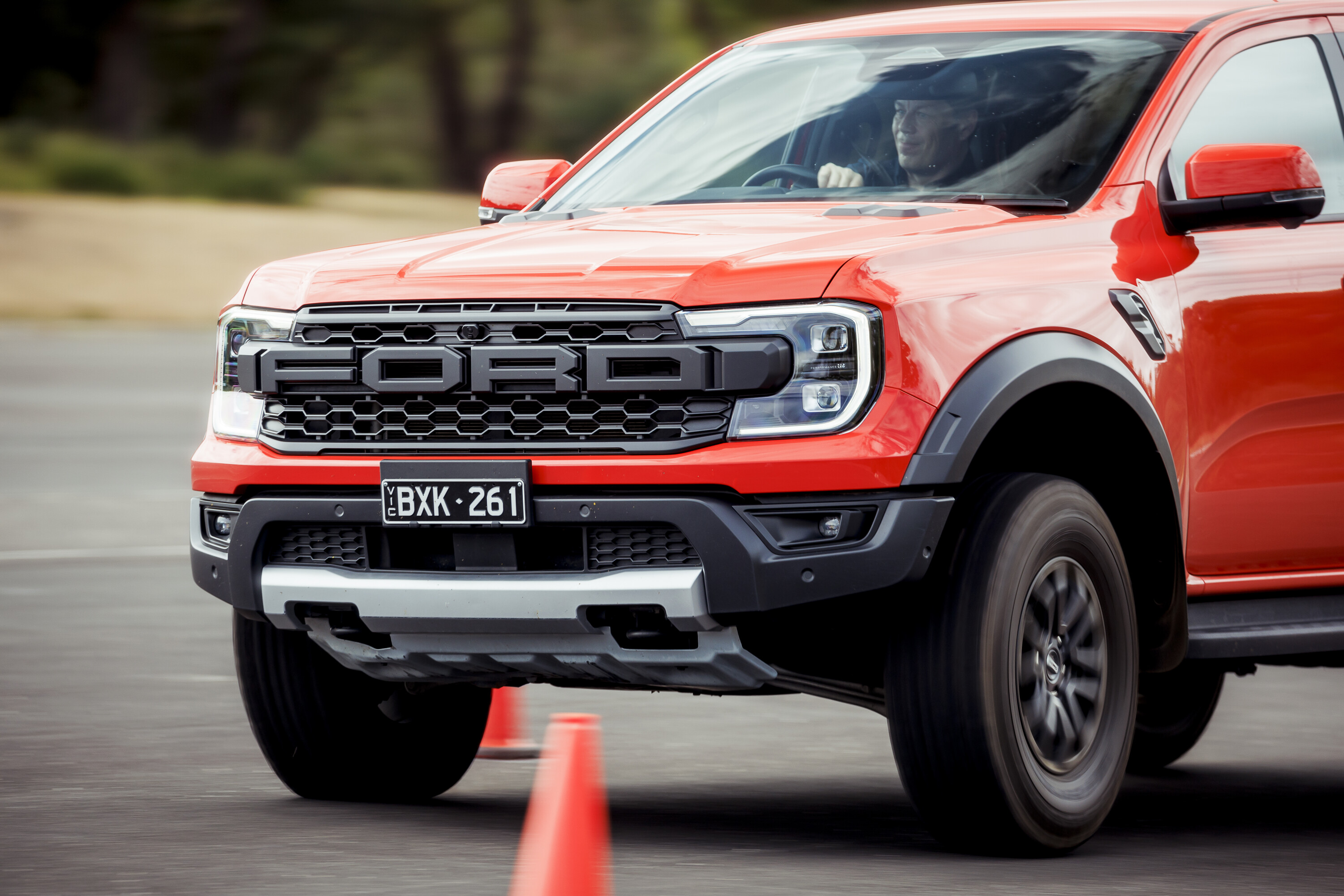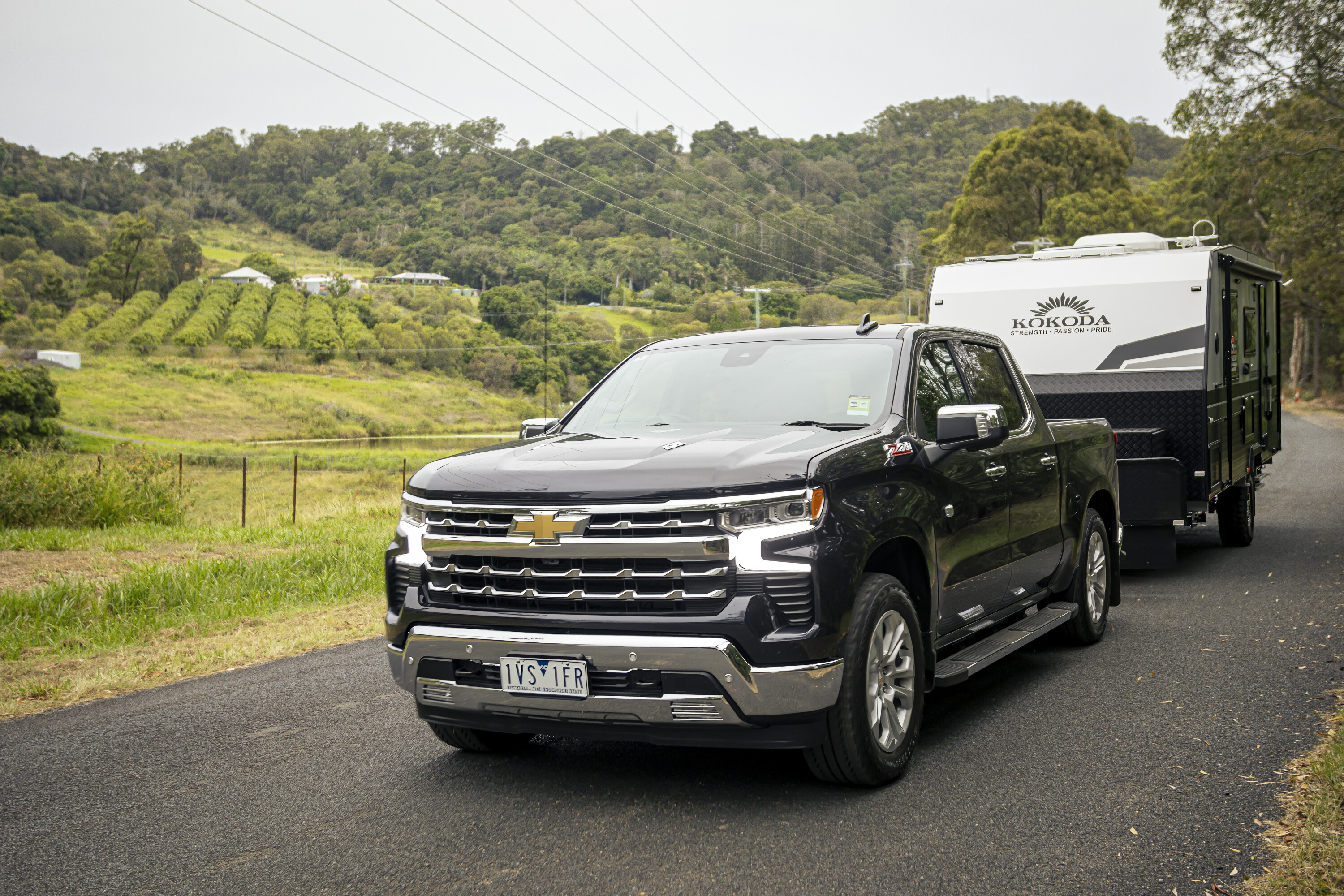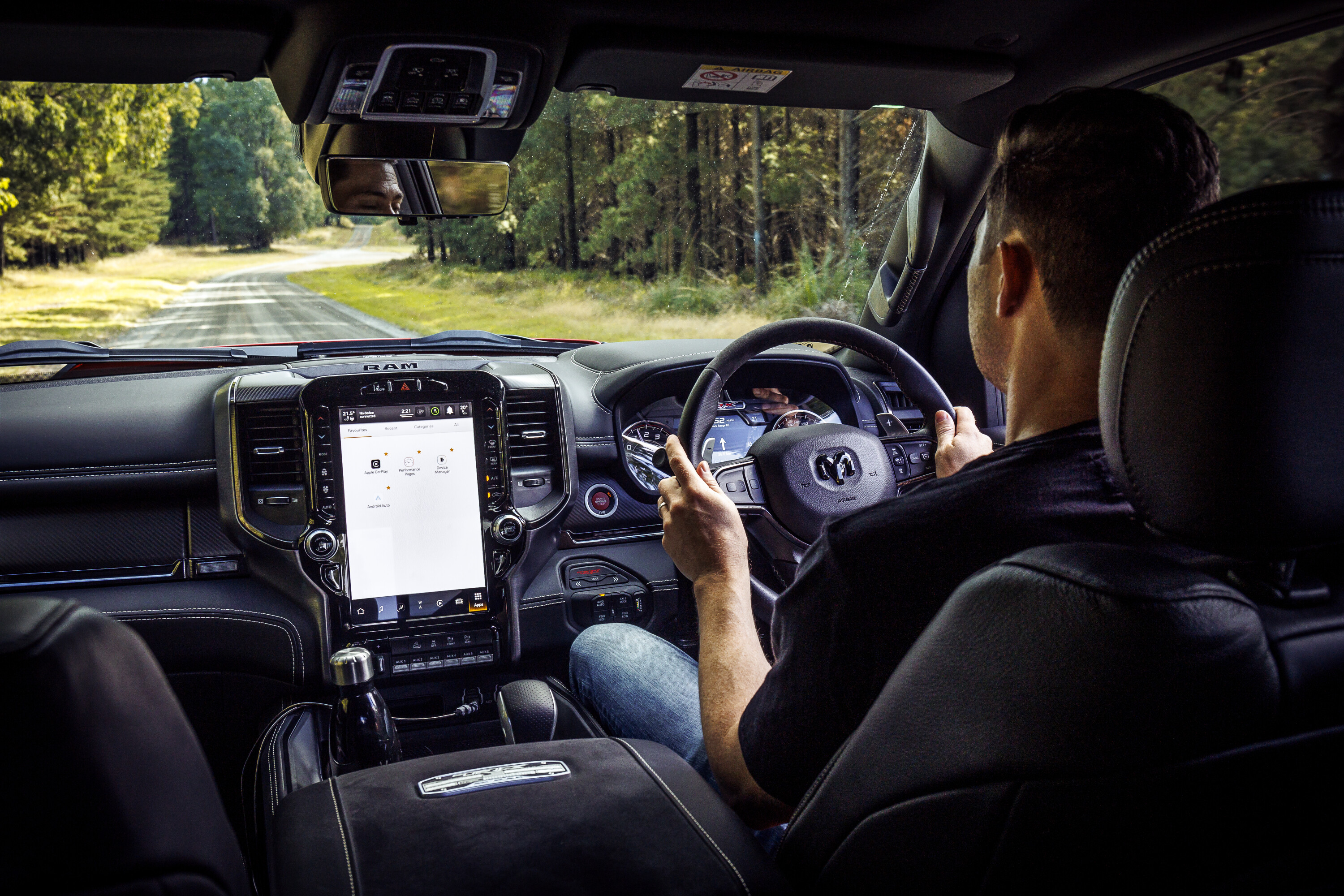
The Australian Tax Office (ATO) has issued a new determination that clarifies the Luxury Car Tax (LCT) application for goods-carrying vehicles, including one of Australia’s most popular car types, the dual-cab ute.
LCT – a legacy of an era where Holden and Ford still built cars on Australian soil – is applied to motor-powered road vehicles designed to carry a load of less than two tonnes and fewer than nine passengers.
The tax is applied to new cars sold over the ATO-designated threshold of $76,950, or $89,332 for fuel-efficient vehicles.

Commercial vehicles that are designed for the principal purpose of carrying goods used for business or trade are not subject to LCT, while motor homes and campervans are also exempt.
A new determination called LCTD 2023/1 Luxury car tax: how to determine the principal purpose of a vehicle [↗] clarifies the decision-making process around commercial vehicles, offering a simplified formula to determine whether LCT applies to the sale price of a particular vehicle.
“Where the simplified method is used, the [Australian Tax] Commissioner will only apply compliance resources to determine whether the requirements set out under that method have been satisfied,” the determination reads in part.

“The Commissioner will otherwise not apply compliance resources to determine whether the vehicle is a luxury car. This compliance approach is consistent with the Commissioner’s long-standing approach to the issue.”
Payload v passengers
The revised method uses a calculation that looks at seating capacity and goods-carrying capacity, and is particularly pertinent to dual-cab utes and modified vehicles.
In essence, the passenger carrying capability of the vehicle must be less than 50 per cent of the load capability.

‘Passenger carrying capacity’ is the number of seating positions multiplied by 68kg, and the number of seating positions includes the driver’s seat.
The ‘load carrying capacity’ is determined as the difference between the gross vehicle mass (GVM) as specified by the manufacturer and the unladen mass, which is different to and does not include the towing capacity.
The ATO defines ‘unladen mass’ as the mass of the vehicle in running order, unoccupied and unladen with all fluid reservoirs filled to nominal capacity including fuel, and with all options fitted and standard equipment.
Given that the passenger carrying capacity for every dual-cab ute on sale today is thus 340kg, the ATO determination doesn’t change the fact that even the most expensive utes on sale today are LCT-exempt.
This means that Australia’s dearest hay haulers, including the $86,790 Ford Ranger Raptor (717kg payload), the $73,990 Toyota HiLux GR Sport (794kg) and the $68,265 Nissan Navara Pro-4X Warrior (952kg) – will remain exempt from luxury car tax.
Despite its relatively low 693kg payload figure, even the $87,250 Jeep Gladiator Rubicon passes muster with five people aboard.



